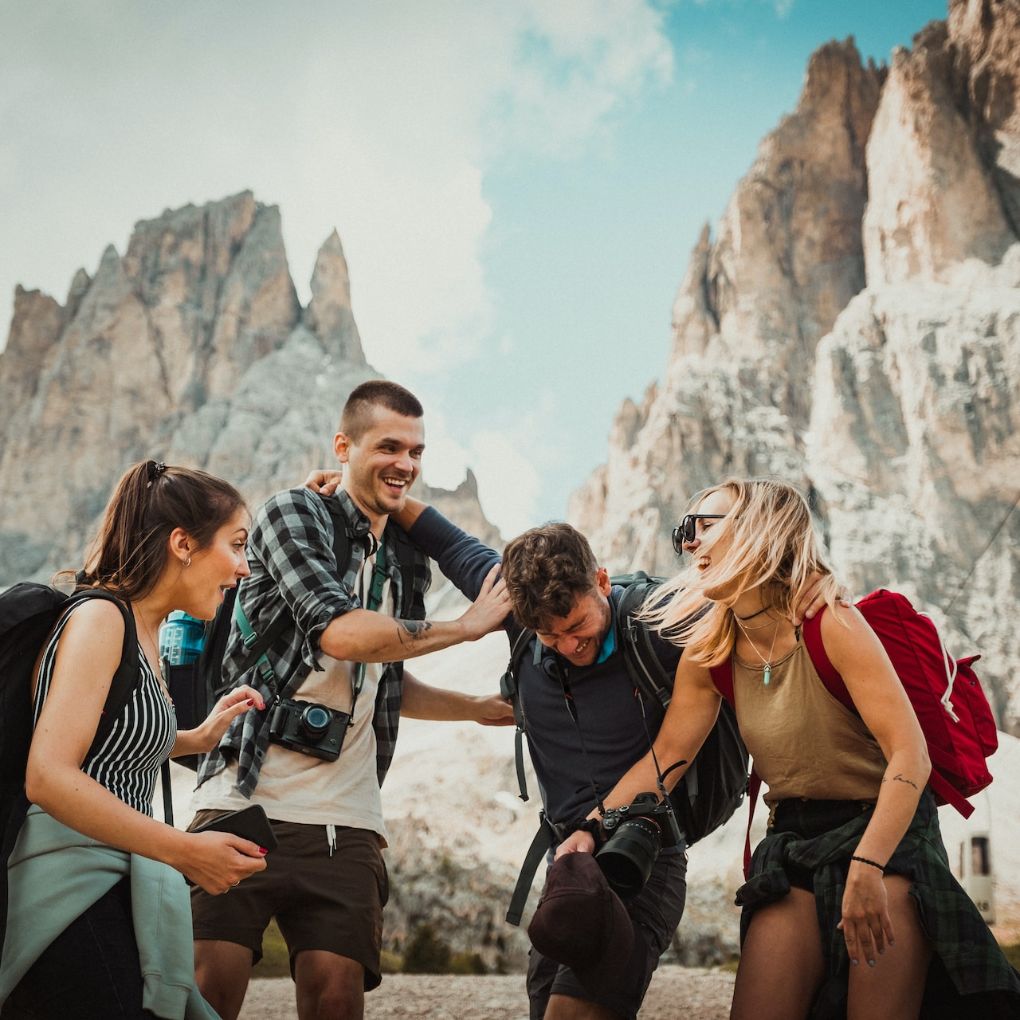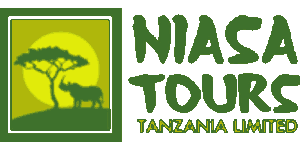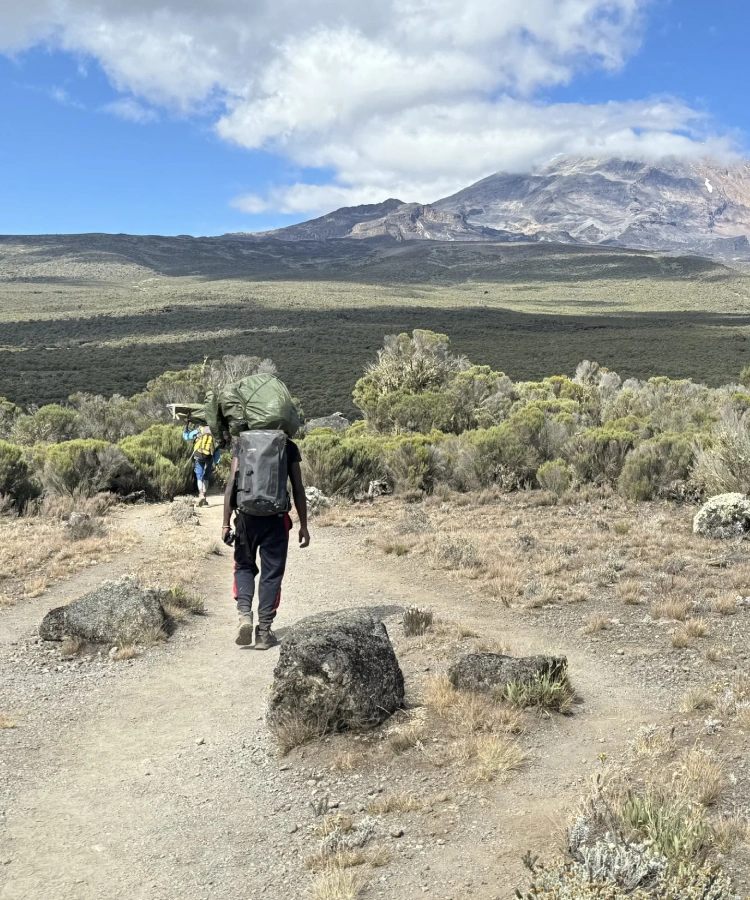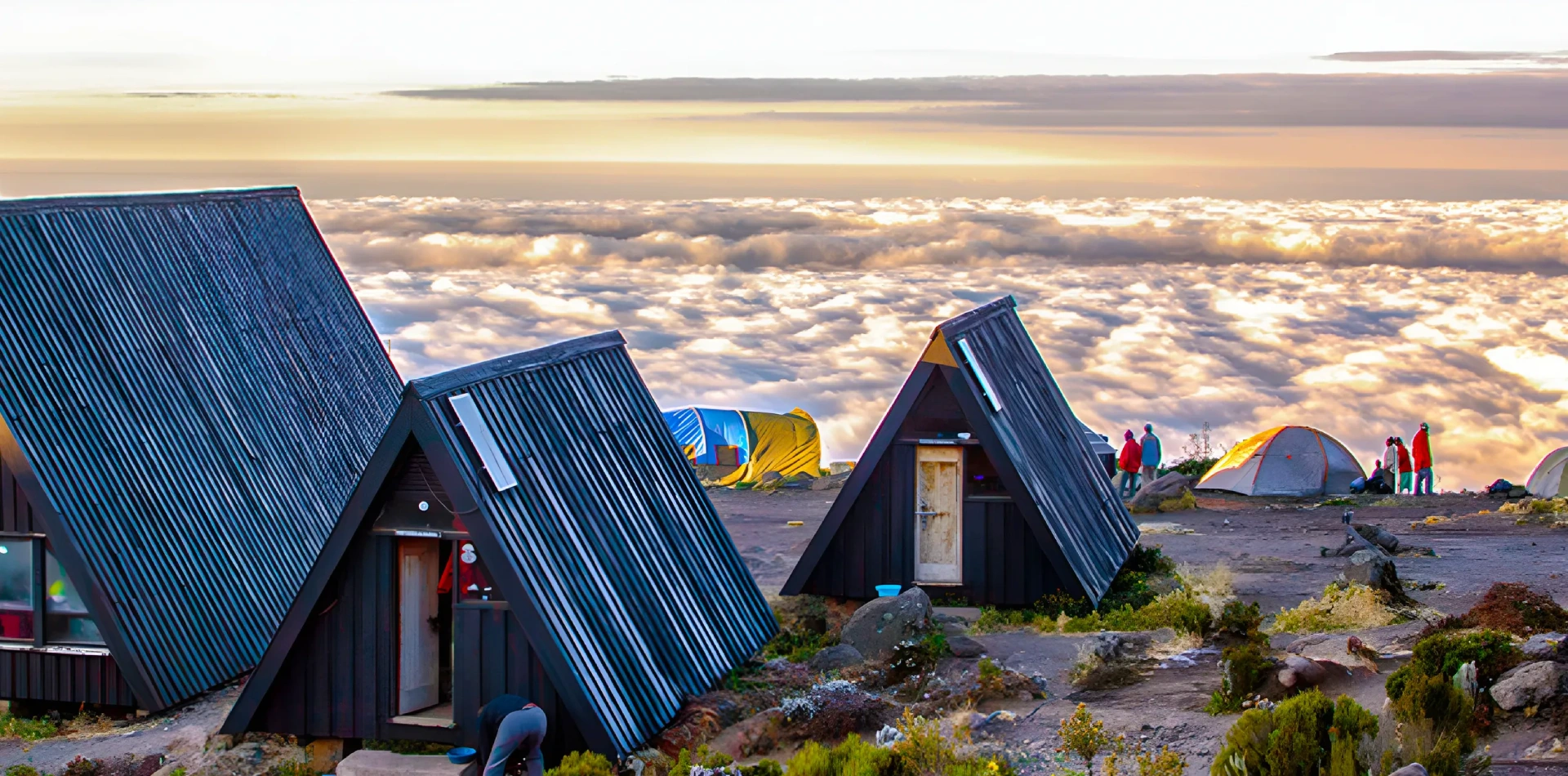
5 Days Kilimanjaro Trekking Itinerary – Marangu Route
About This Safari
Nicknamed the “Coca-Cola Route” for its relative popularity and hut accommodations, the Marangu Route is the only path on Kilimanjaro with sleeping huts instead of tents — making it a great choice for those who prefer a bit more comfort in the wild. It’s also one of the most direct routes to the summit, which is both a blessing and a challenge: shorter trek = less time to acclimatize.
This 5-day version is fast-paced and best suited for trekkers who are already acclimated or have experience at altitude. But don’t let the name fool you — this is still a real mountain expedition. You’ll cross through rainforest, alpine meadows, and a moonscape of volcanic rock before facing the final push to Uhuru Peak (5,895m) — the highest point on the African continent.
It’s not the easiest route, and summit success rates are lower than longer itineraries, but if you’re well-prepared, the reward is breathtaking.
Tour Highlights
Cozy Huts
Comfortable hut accommodation — no tents or sleeping on the ground.
Summit Express
A quicker route to the summit, ideal for confident trekkers with limited time.
Diverse Landscapes
Rich ecosystems: rainforest, moorland, and high-alpine desert
Trail Fellowship
Warm camaraderie with your guides, porters, and fellow climbers.
Price starts at 2090USD per person depending on the number of people per group.
Good to Know
- Acclimatization: This 5-day itinerary is fast — altitude sickness is a real risk. Consider extra prep or a 6-day version if time allows.
- Fitness: You don’t need to be an athlete, but good cardio fitness and mental resilience are essential.
- Gear: Layers are crucial — you’ll go from tropical warmth to freezing summit temperatures.
- Support team: Your guides and porters are the heartbeat of the trek — they’ll carry your gear, cook your meals, and cheer you on when you need it most.
Tour Details
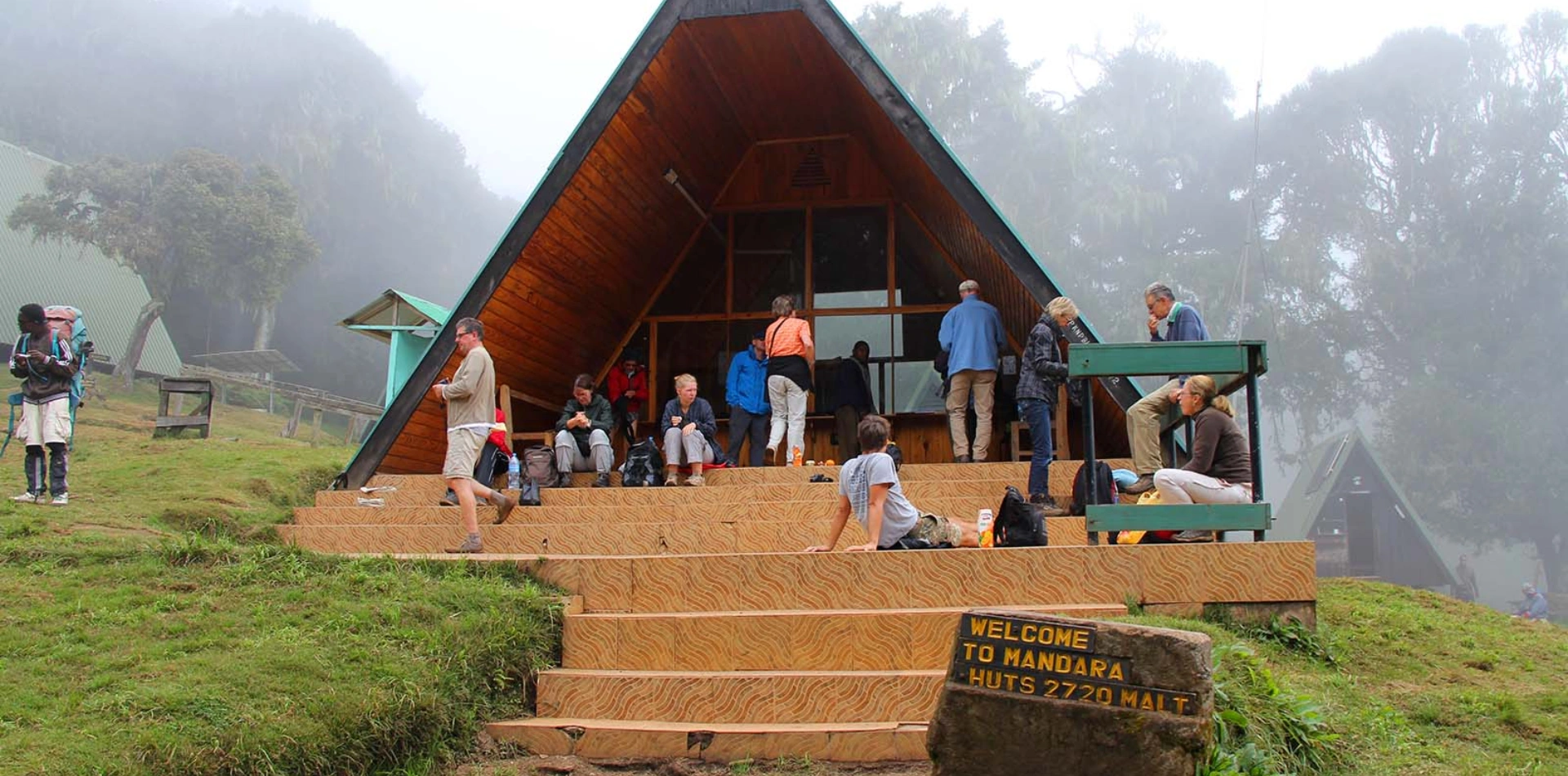
- Distance: ~8 km
- Time: 4–5 hours
- Habitat: Montane rainforest
Your journey begins at Marangu Gate, where you'll check in, meet your guides and porters, and step into the dense rainforest. The trail is well-maintained but can be muddy. The air is rich with birdsong, and if you’re lucky, you might spot blue monkeys or colobus monkeys swinging through the canopy.
By late afternoon, you’ll arrive at Mandara Hut, nestled in the forest. You’ll sleep in a wooden A-frame hut with basic bunk beds — no tents needed. Your first night on the mountain feels both strange and exciting — the silence, the stars, the cool mountain air.
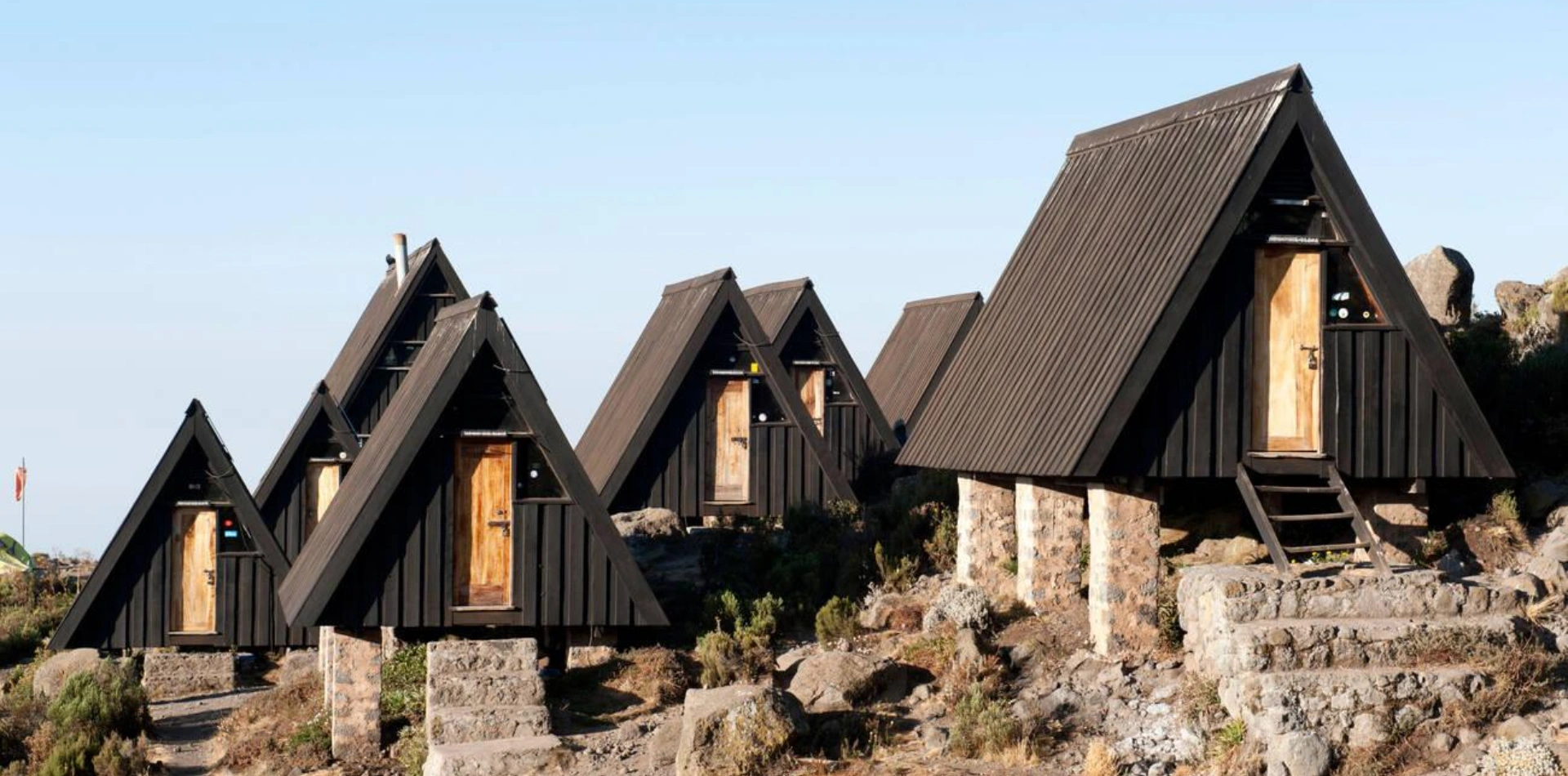
- Distance: ~11 km
- Time: 6–8 hours
- Habitat: Heath and moorland
You’ll leave the rainforest behind and climb into the heath and moorland zone, where the trees thin out and the scenery opens up. The views stretch wide, with Mawenzi Peak – Kilimanjaro’s dramatic secondary summit – looming in the distance.
The hike is steady, with beautiful plant life and a few challenging sections. By the time you reach Horombo Hut, you’ll be feeling the altitude. Expect a chill in the air at night, but also some of the clearest skies you’ve ever seen. Drink plenty of water and go slow — the mountain rewards patience.
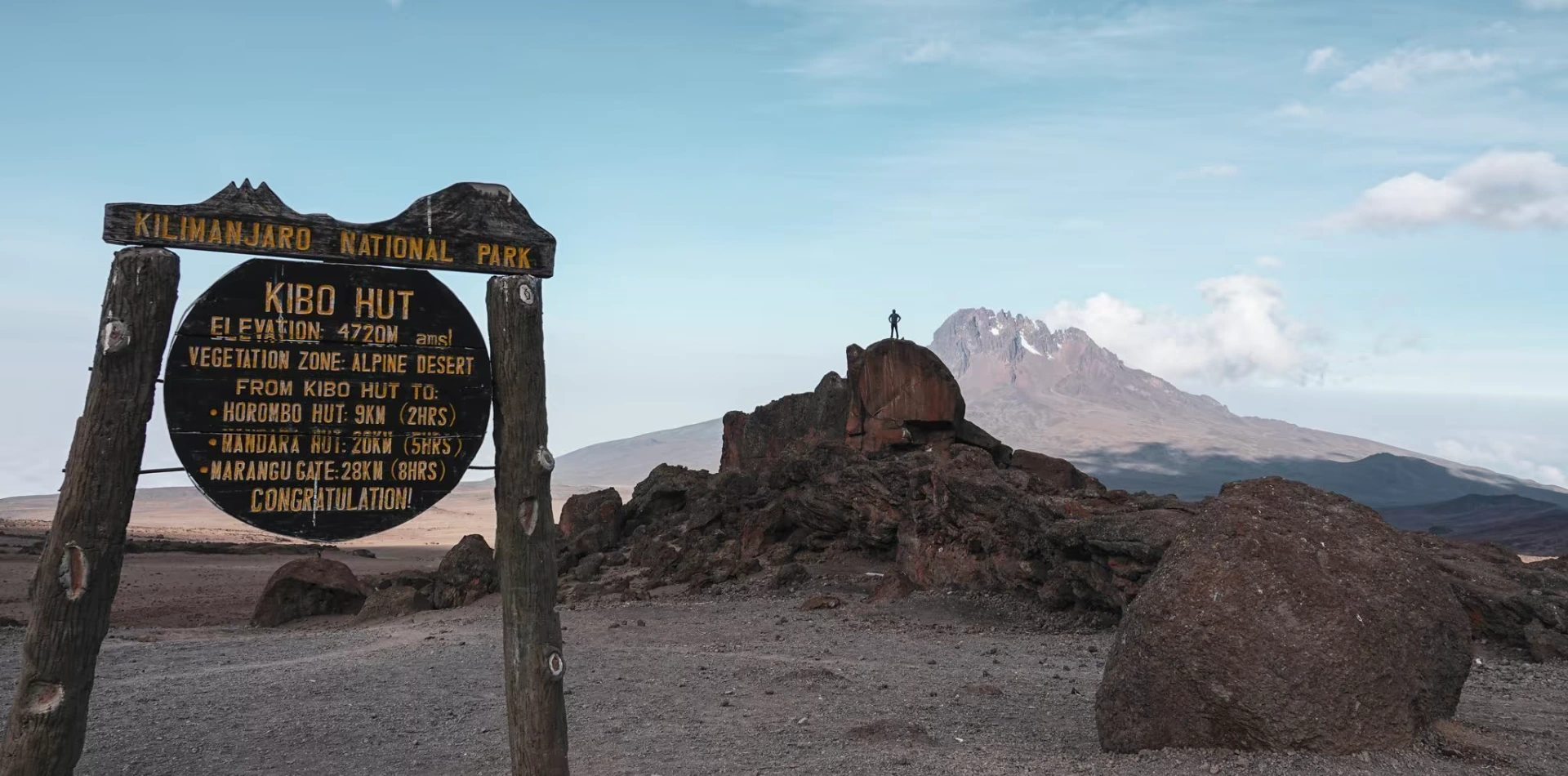
- Distance: ~10 km
- Time: 5–7 hours
- Habitat: Alpine desert
Today, the landscape turns raw and lunar — sparse vegetation, wind-sculpted ridges, and an eerie silence. You’ll pass the "Last Water Point" and cross the barren Saddle between Mawenzi and Kibo peaks.
Kibo Hut is a stark, stone shelter where you'll rest for the big push ahead. It’s cold here, and you might feel the altitude more strongly — lightheadedness, mild headache, fatigue. That’s normal. You’ll eat dinner early, prepare your gear, and try to sleep — because at midnight, the real challenge begins.
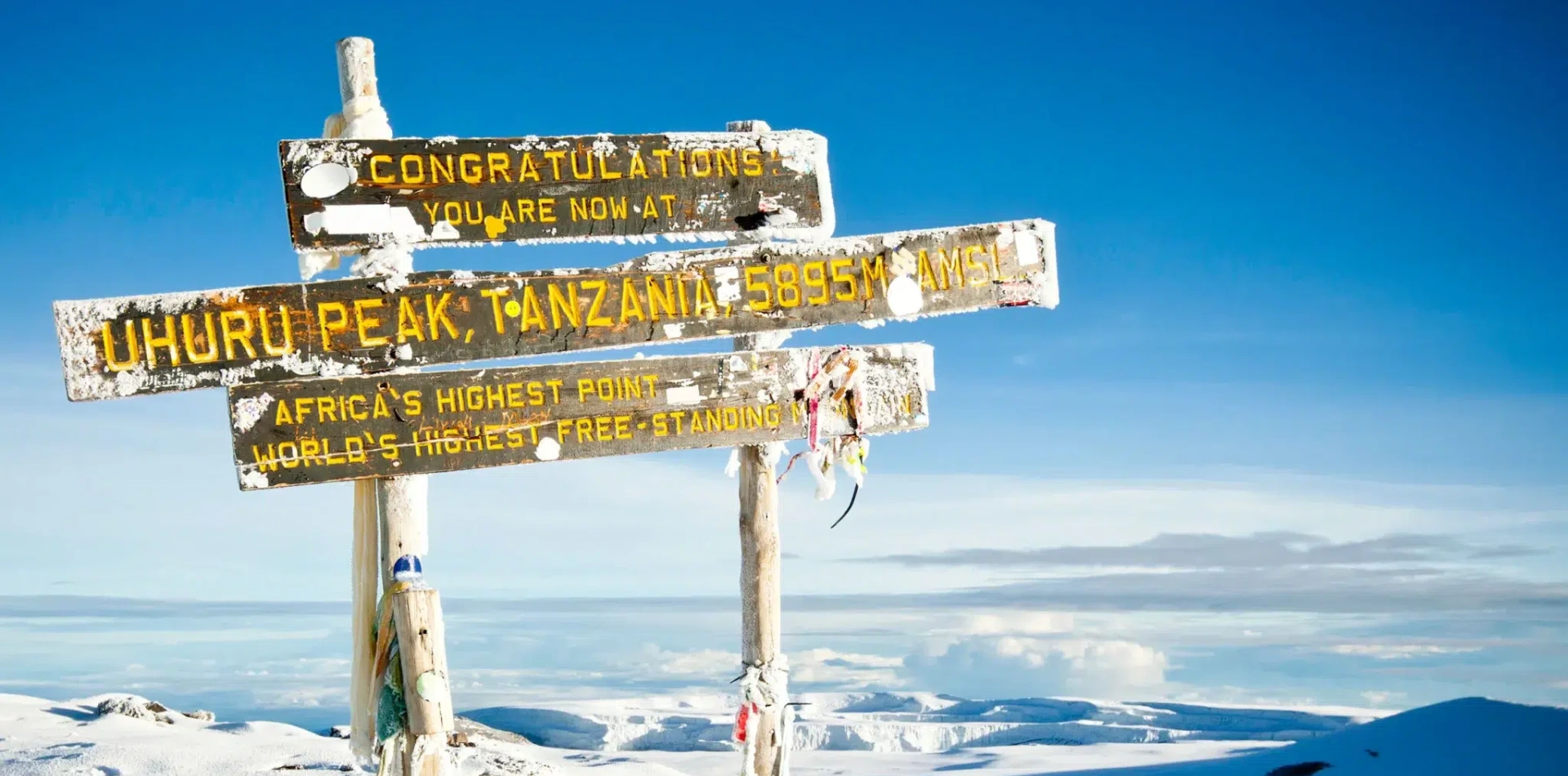
- Distance: ~21 km
- Time: 12–14 hours’ total
- Habitat: Arctic summit → Moorland descent
You’ll wake around midnight and begin your slow, quiet climb by headlamp. The trail is steep, zigzagging up through volcanic scree. Every step takes effort. Your guide will be by your side, helping you push through the fatigue.
You’ll pass Gilman’s Point (5,685m) at sunrise, then continue around the crater rim to Uhuru Peak — the highest point in Africa. The views, the air, the emotion — there’s nothing else like it. After celebrating (briefly — it’s cold and oxygen is thin), you begin the long descent back to Horombo Hut for a well-earned rest. You climbed Kilimanjaro. That feeling will never leave you.
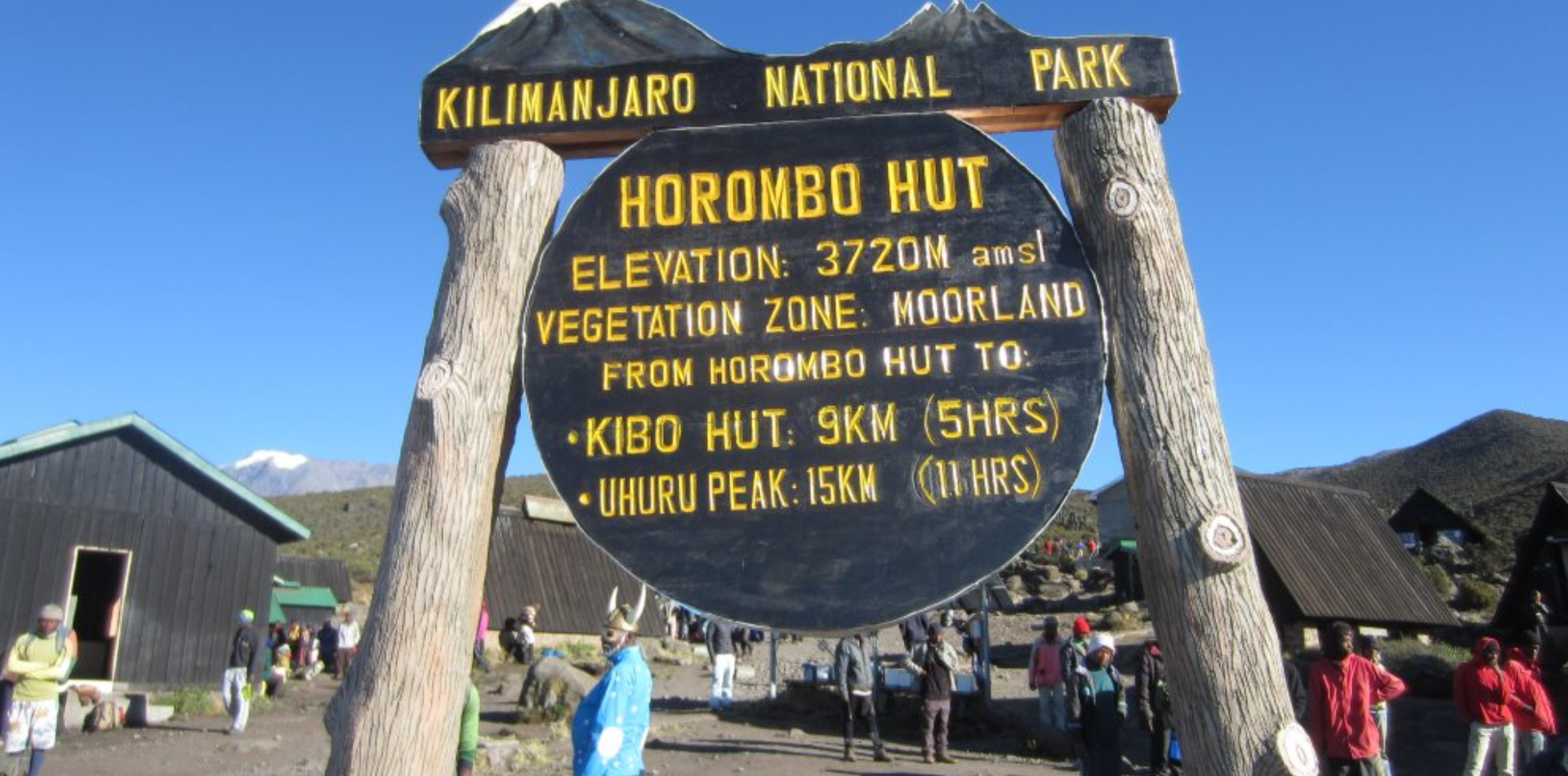
- Distance: ~19 km
- Time: 6–8 hours
- Habitat: Moorland to rainforest
Your final day on the trail. You’ll retrace your steps through the moorland and into the rainforest, with warm, oxygen-rich air filling your lungs. By the time you reach Marangu Gate, your legs will be tired, but your spirit will be flying.
After signing out, you’ll receive your summit certificate, take a few final group photos, and then head back to Moshi or Arusha.
Inclusions & Exclusions
- Kilimanjaro trekking according to the itinerary.
- Professional, English-speaking Wilderness First Responder & CPR certified Guide.
- Proper Ration of Mountain crew (Cook & Porters).
- Airport Transfers.
- Meals according to the itinerary.
- Hiking and Safety Equipment.
- Drinking water and Full Board Meals.
- All National Park & Hut Fees, Crew Permits and VAT.
- Fair and Sustainable Salary Crew Wages.
- Gate Transfers.
- Government taxes.
- Complimentary Oxygen Cylinder.
- Flights
- Visas
- Tips to the mountain staff.
- Tips for porters and mountain crew .
- Personal spending money for souvenirs etc.
- Energy food & beverages, alcoholic and soft drinks.
- Personal hire gear such as trekking poles, sleeping bags, etc.
- Additional lodge nights if early descent from the mountain.
Tour Map
Tour Gallery
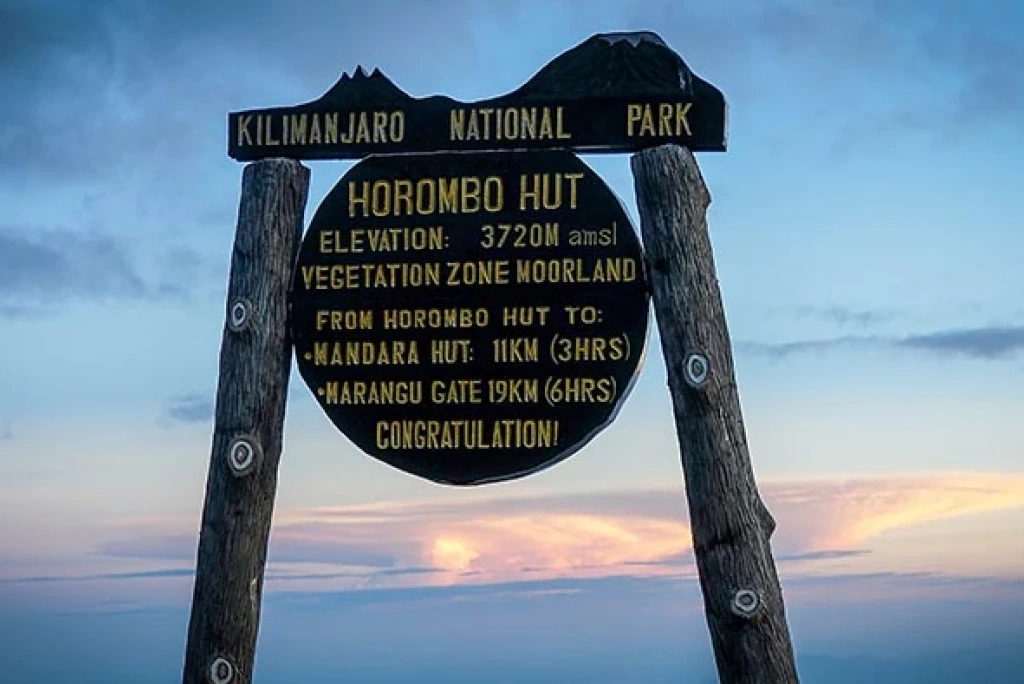
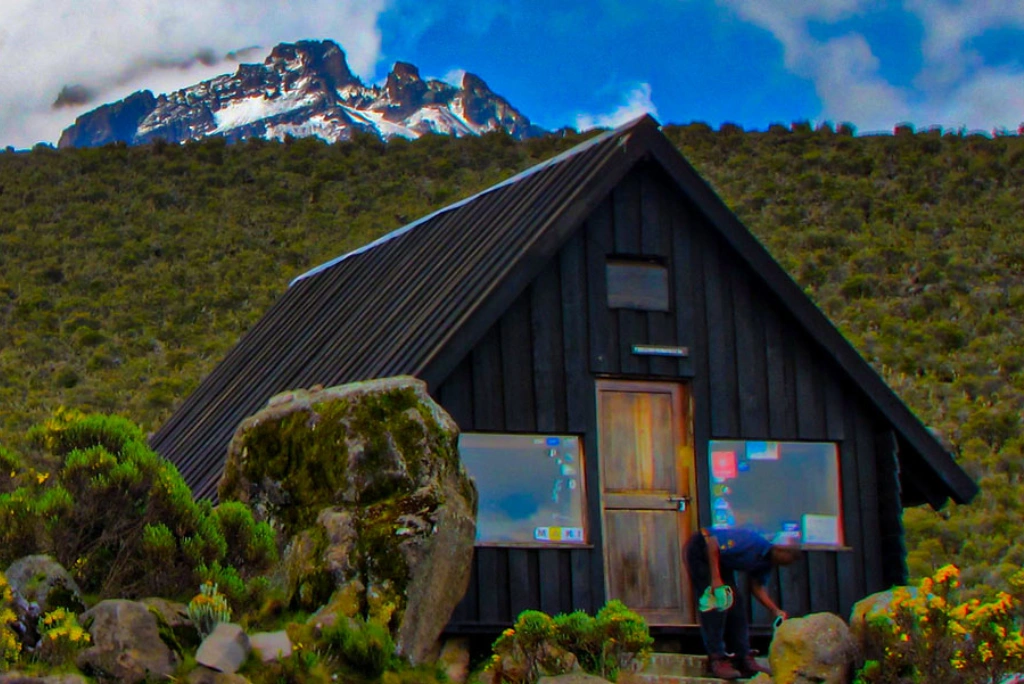
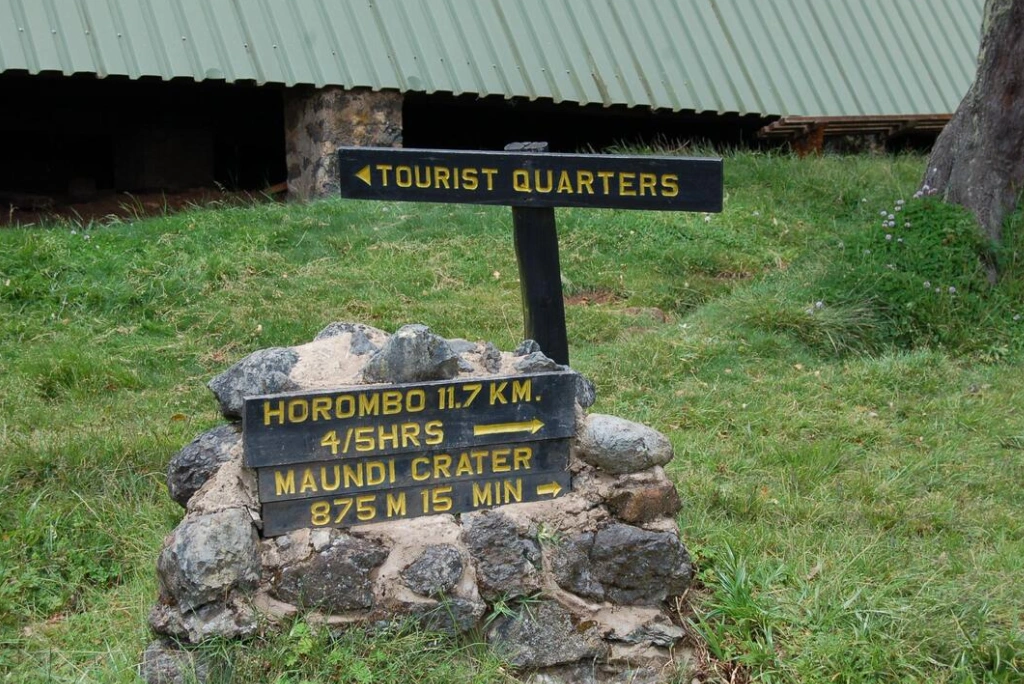
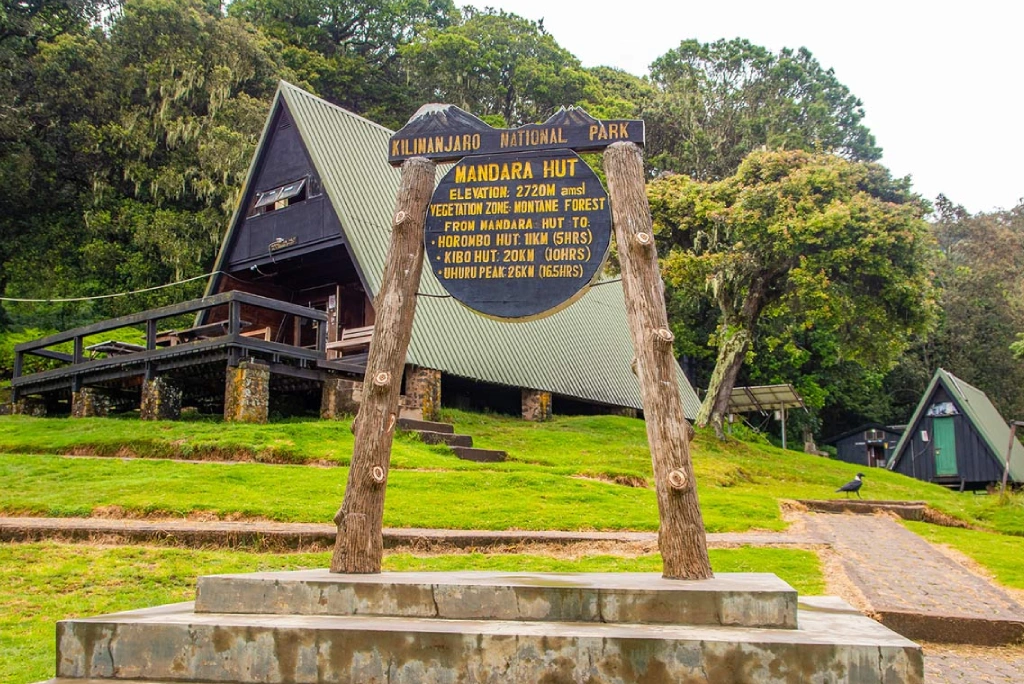
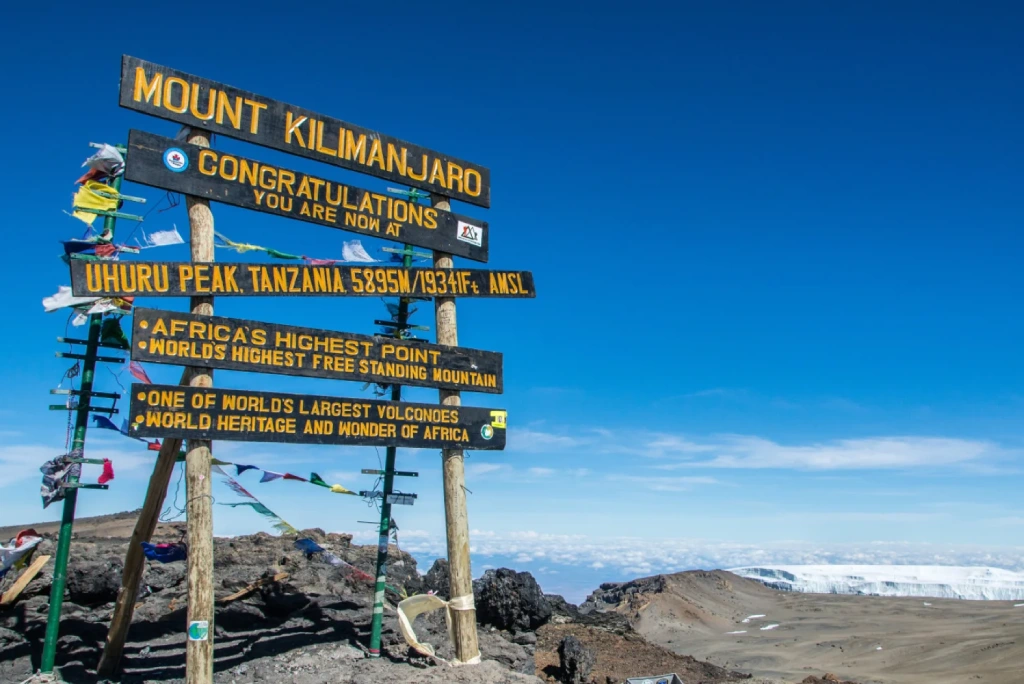
Related Mount Kilimanjaro Trekking
Given the off-road terrain that will be encountered, a bike that can adequately tackle this is also essential. A gravel bike is usually a popular option for bikepacking.
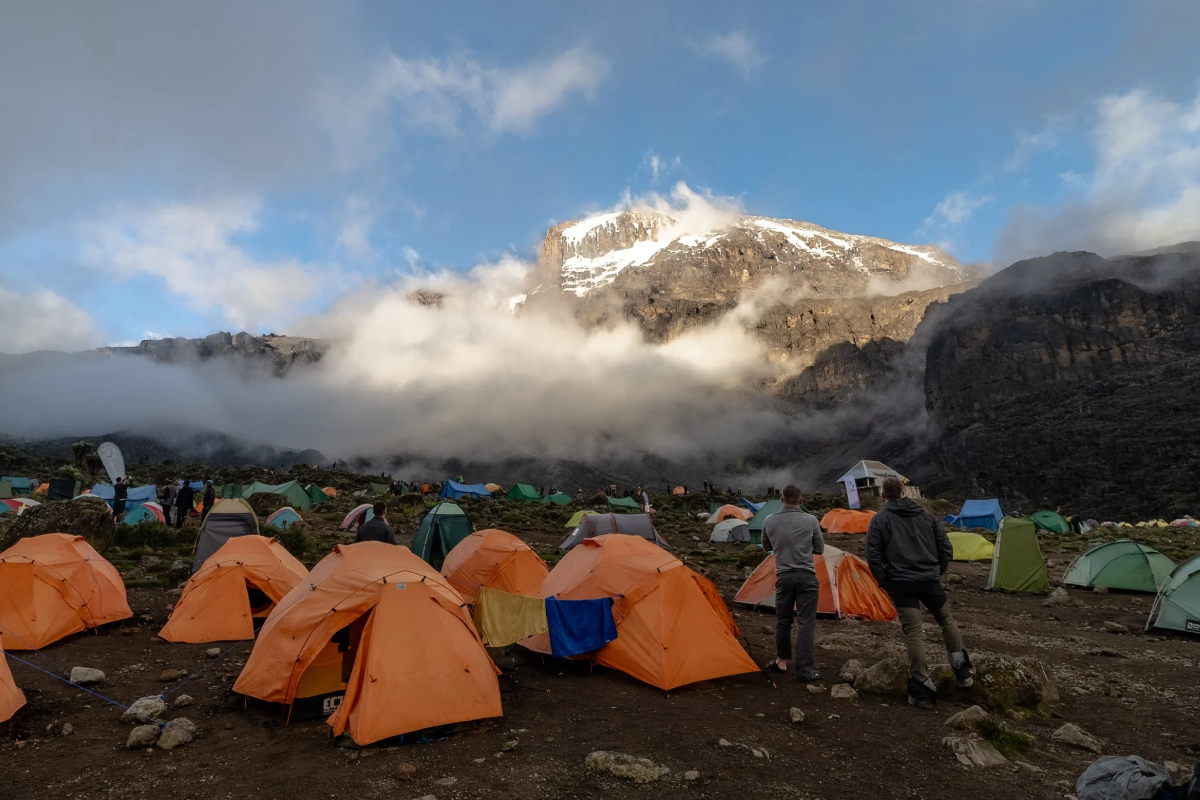
8 Days Lemosho Route
Embark on an 8-day Lemosho Route trek, traversing forests, plateaus, alpine deserts, and summiting Uhuru Peak with expert support.
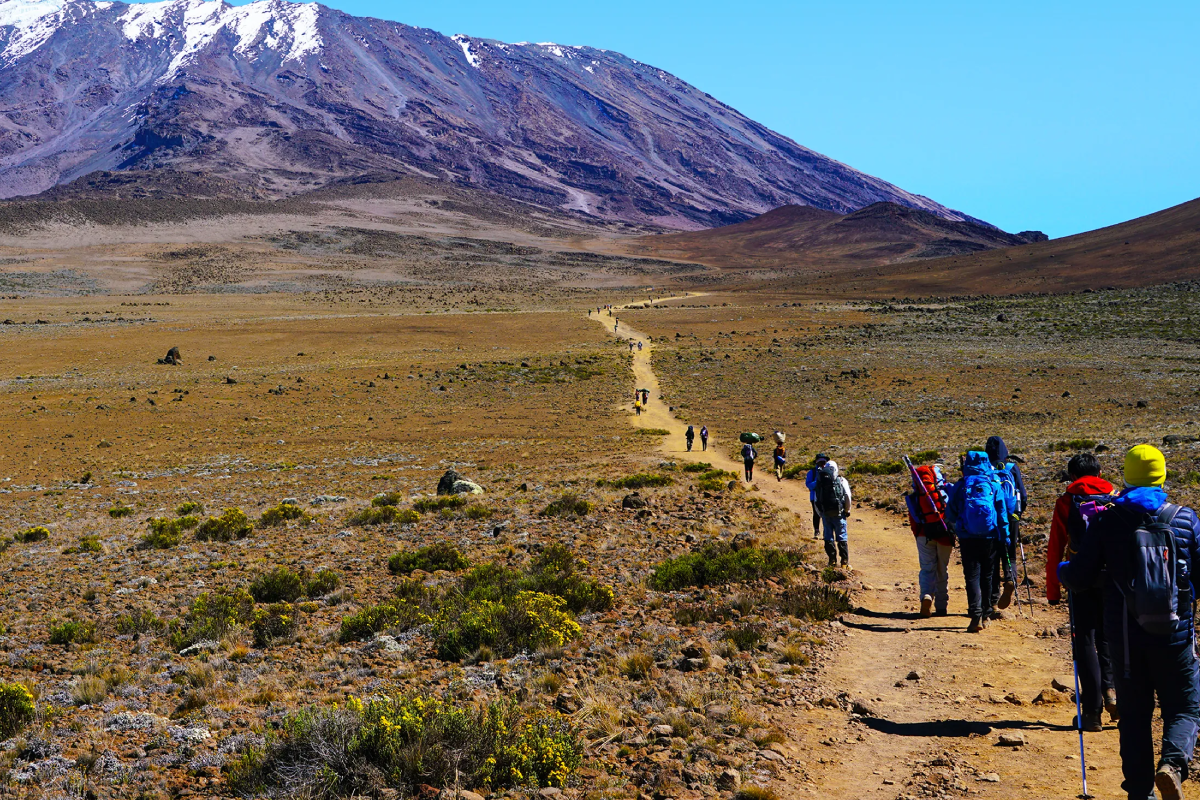
7 Days Machame Route
Trek Kilimanjaro’s 7-day Machame Route, crossing rainforests, moorlands, and glaciers, camping under stars, reaching Uhuru Peak with guided support.
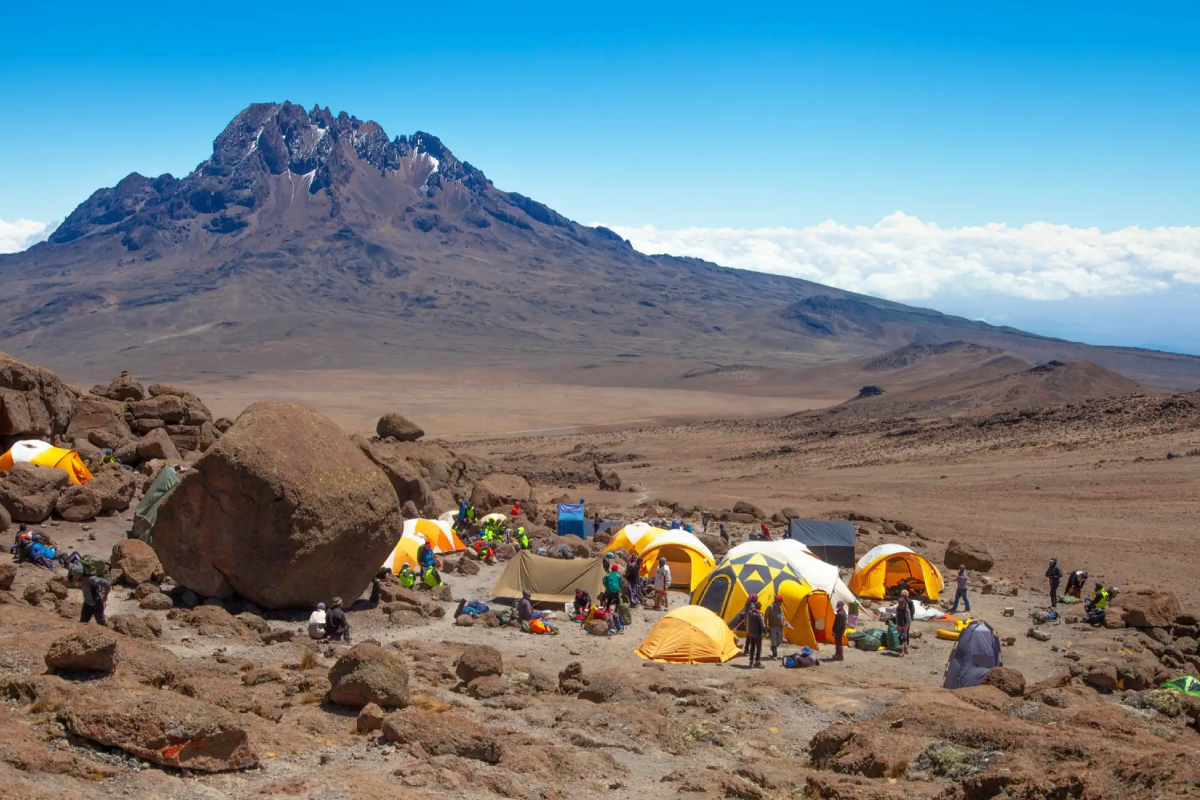
6 Days Rongai Route
Trek Kilimanjaro’s 6-day Rongai Route, ascending through rainforest, moorland, and alpine desert, summiting Uhuru Peak with expert guides and full support.
We make it easier for everyone to experience the world
Ready to explore Tanzania’s natural wonders? We’re here to help! Whether you’re planning a once-in-a-lifetime safari or a peaceful nature escape, our team makes travel easy and personal. Reach out today—let’s turn your dream of exploring Tanzania and beyond into reality. We make it easier for everyone to experience the world, one journey at a time. Contact us today!
Need I help? Talk to an Expert
+255767493713 +255690129757
Mountain Climbing FAQs
Discover essential information for climbing Tanzania’s iconic peaks—Mount Kilimanjaro, Mount Ol-Donyo Lengai, and Mount Meru. Learn about the best seasons, difficulty levels, required permits, gear recommendations, and safety tips. Whether you’re a first-time climber or experienced mountaineer, these FAQs provide guidance to help you prepare, stay safe, and make your mountain adventure unforgettable.
Climbing Kilimanjaro is challenging but achievable for fit individuals. It doesn't require technical skills, but altitude and endurance are key factors. Choosing a longer route improves acclimatization and success. Mental preparation, physical fitness, and proper gear make a big difference in your summit experience.
The best times are during dry seasons—January to March and June to October. These months offer clear skies, better trail conditions, and higher success rates. Avoid the rainy seasons for safety and comfort. Early booking is also advised due to route popularity.
Yes, Mount Meru is ideal for acclimatization before Kilimanjaro. It reaches 4,566 meters and offers great altitude training. The trek includes wildlife encounters and scenic ridges, preparing your body for Kilimanjaro’s higher elevation and reducing chances of altitude sickness significantly.
Yes, guided climbs are mandatory for both Kilimanjaro and Mount Meru. Guides ensure your safety, manage logistics, and provide expert support. Their local knowledge enhances your journey. On Mount Meru, park rangers accompany all trekkers due to wildlife presence in the area.
Ol Doinyo Lengai is the only active natrocarbonatite volcano in the world, revered by the Maasai as the “Mountain of God.” The steep climb is rewarded with unique lava flows, spiritual significance, and sunrise views over Lake Natron and the Great Rift Valley.
Altitude sickness can affect anyone above 2,500 meters. Symptoms include headache, nausea, and fatigue. To reduce risk, climb slowly, stay hydrated, and acclimatize properly. Longer itineraries on Kilimanjaro and a Mount Meru pre-climb significantly boost altitude adaptation and summit success.
You’ll need layered clothing, waterproof outerwear, sturdy hiking boots, sleeping gear (for Kilimanjaro and Meru), headlamp, trekking poles, and hydration packs. For Ol Doinyo Lengai, include lightweight but grippy footwear and breathable clothing due to its steep, dusty volcanic terrain.
What Customers Say About Us
